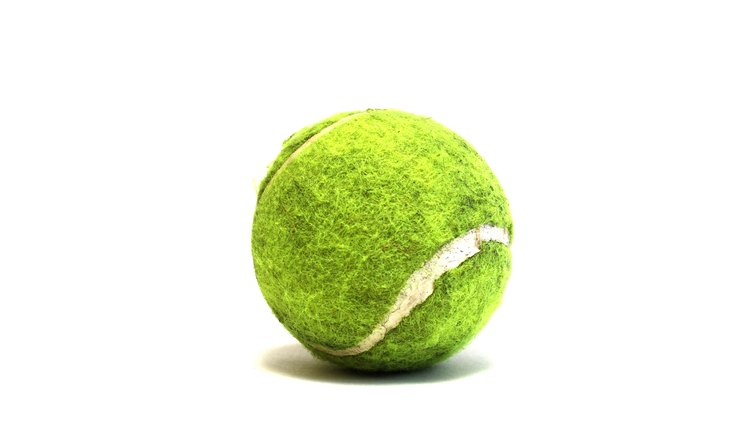Tennis Balls for Hamstring Pain

Hamstring pain is common for physically active people, and tight, knotted muscles can interfere with your performance in sports and daily activities. Minh Han, MD explains that painful trigger points of tight knotted muscle, a condition known as myofascial pain syndrome, can be relieved with stretching and massage. A convenient and inexpensive way to treat painful hamstring muscles is tennis ball massage.
Help for Your Hamstrings
Your hamstrings run down the back of your leg, crossing both the hip and knee joints. Their main function is to produce movements involving power and speed. The location and function of your hamstrings makes them susceptible to tightness and injury. A tennis ball allows your muscles and the fascia, or connective tissue, that binds them together. A tennis ball massage can soothe your sore muscles and connective tissue by promoting blood flow, healing and relaxation.
Fabulous Fascia
The fascia in your legs connects the feet, calves and hamstrings, and releasing tightness in your hamstrings can be achieved by applying pressure elsewhere. Place a tennis ball on the floor and roll the entire bottom of your foot over it for one to two minutes. This maneuver should release the fascia and enable you to achieve a better stretch in your hamstrings. Loosening up the fascia around your feet can translate into improvements in flexibility throughout your upper legs.
Strain and Pain
No matter the cause, a strained hamstring can hurt and put a damper on your performance. The most important part of rehabilitating a hamstring injury is to fully recover before participating in your activity again. For a strained hamstring, identify the affected area of your hamstrings and massage around the area, not directly on it. Massage the other muscles that surround your hamstrings, such as the hip flexors and abductors, as well as your quadriceps. Work the tennis ball gently, so you don't cause additional pain.
Sweet Release
Use a tennis ball to promote muscle release -- a way to treat repetitive use injury in the hamstrings. Begin by sitting on the floor. Place a tennis ball at the top of your hamstrings muscles, just below your ischial tuberosities, or the portion of your pelvis that you sit on. Ease your body off the ground by supporting yourself with your hands, and roll your leg side to side on the tennis ball. Then, position the tennis ball near the attachment of your hamstrings, just above the knee, and move your leg from side to side. The important part of this technique is to roll the ball across your muscles and not parallel to them.
Writer Bio
Laura Niedziocha began her writing career in 2007. She has contributed material to the Stoneking Physical Therapy and Wellness Center in Lambertville, N.J., and her work has appeared in various online publications. Niedziocha graduated from Temple University with a Bachelor of Science in exercise science. She also has her Associate of Arts in communications from the Community College of Philadelphia.
